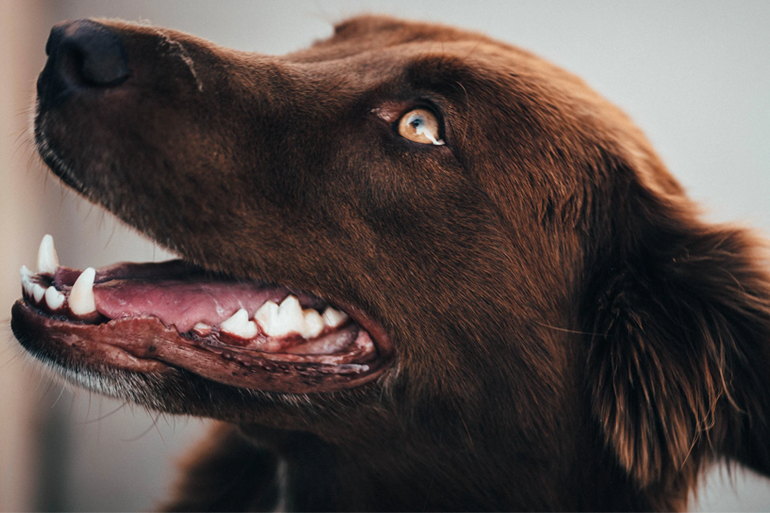
Pet Oral Hygiene – Dental Disease and How to Prevent It
Originally posted on https://www.groomit.me/blog/2019/10/01/pet-oral-hygiene-dental-disease-and-how-to-prevent-it
This post is part of our #WiseWednesday campaign, in which we will focus on giving you the information and knowledge you need to better care for your pets. This week we will be focusing on pet oral hygiene!
Dental disease is a huge concern within both dogs and cats. 80% of dogs by the age of three have some kind of dental issue, while 70% of cats at the same age suffer from similar problems.
So let’s take a look into the signs and symptoms of dental disease, and what we could be doing to help.
What Are the Symptoms of Dental Disease?
The most common dental health problem seen in both cats and dogs is periodontal disease, or as it’s better known, gum disease.
Much like the same condition in humans, it begins with plaque deposits on the teeth that irritate the gums, leading to an early stage of periodontal disease known as gingivitis.
When suffering from gingivitis, cats and dogs are likely to experience swollen and bleeding gums, chronic pain that may affect their willingness to eat, and bad breath.
If left untreated, gingivitis will progress into advanced periodontal disease, in which the tissue and bone have been damaged to such a state that teeth become loose and may fall out. At this stage, the damage already done is often irreversible.
Complications of Advanced Dental Disease
Unfortunately, periodontal disease doesn’t just stop there. An advanced form of the condition can potentially lead to issues throughout the body, not just within the mouth.
While more research is still required, bacteria entering the bloodstream from the gums may cause inflammation and/or degenerative changes within the heart, kidney, and liver. This could potentially increase the risk of disease within these crucial organs.
On top of this, advanced periodontal disease can lead to a weakening of the jaw bone. This can lead to this area becoming easily fractured.
How Can I Prevent Dental Disease in My Pets?
As advanced periodontal disease in dogs and cats can lead to irreversible damage, prevention is key.
To do this, we need to remove plaque as and when it appears. This is done with a simple brushing of the teeth, ideally performed twice a day. You can buy dog and cat toothpaste and toothbrushes for this purpose.
While many pets aren’t used to having their teeth brushed at first, it’s for their own good that you teach them that it is a necessary part of the day.
You can do this via training them to accept brushing. First, just get them used to the smell and taste of the toothpaste, followed by the feel of the brush against their teeth. Reward good behavior with treats!
Once they are comfortable, you can begin to brush their teeth regularly.
Check our article here for more info on getting your pet used to grooming, including teeth brushing.
Let’s All Work Together to Better Care for Our Pet’s Teeth
Many people are simply unaware of the amount of care their pet’s teeth need. Couple that with the fact that cats and dogs are likely to hide the early signs of periodontal disease, and we have a health issue that can very easily fly under the radar.
But we at Groomit want to be able to help change that. Our expert groomers are always on hand to provide professional teeth cleanings to help supplement your own brushing at home.
Your pets deserve the best care they can receive. Why not schedule an appointment with us now so you can have the best possible start in caring for your pet’s oral health?
That does it for this week’s #WiseWednesday post on pet oral hygiene! Check back with us next week, where we will be covering obesity.
